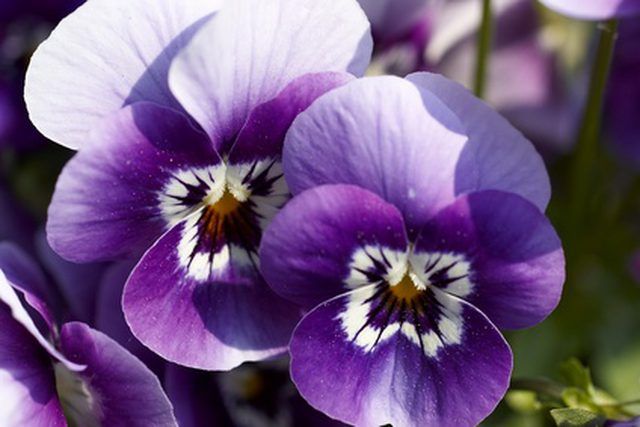Bulbs
Flower Basics
Flower Beds & Specialty Gardens
Flower Garden
Garden Furniture
Garden Gnomes
Garden Seeds
Garden Sheds
Garden Statues
Garden Tools & Supplies
Gardening Basics
Green & Organic
Groundcovers & Vines
Growing Annuals
Growing Basil
Growing Beans
Growing Berries
Growing Blueberries
Growing Cactus
Growing Corn
Growing Cotton
Growing Edibles
Growing Flowers
Growing Garlic
Growing Grapes
Growing Grass
Growing Herbs
Growing Jasmine
Growing Mint
Growing Mushrooms
Orchids
Growing Peanuts
Growing Perennials
Growing Plants
Growing Rosemary
Growing Roses
Growing Strawberries
Growing Sunflowers
Growing Thyme
Growing Tomatoes
Growing Tulips
Growing Vegetables
Herb Basics
Herb Garden
Indoor Growing
Landscaping Basics
Landscaping Patios
Landscaping Plants
Landscaping Shrubs
Landscaping Trees
Landscaping Walks & Pathways
Lawn Basics
Lawn Maintenance
Lawn Mowers
Lawn Ornaments
Lawn Planting
Lawn Tools
Outdoor Growing
Overall Landscape Planning
Pests, Weeds & Problems
Plant Basics
Rock Garden
Rose Garden
Shrubs
Soil
Specialty Gardens
Trees
Vegetable Garden
Yard Maintenance
How to Care for Annual Viola Flowers
How to Care for Annual Viola Flowers. The viola group of flowers includes popular flower varieties like pansies and violets. They come in several different colors, including violet, white, pink and yellow. According to the National Gardening Association, violas are edible and have a sweet flavor. They may be grown for food, but gardeners commonly...

The viola group of flowers includes popular flower varieties like pansies and violets. They come in several different colors, including violet, white, pink and yellow. According to the National Gardening Association, violas are edible and have a sweet flavor. They may be grown for food, but gardeners commonly grow them as just a garden decoration. Violas are annual flowers, meaning that they usually bloom once during the year, die and then are replaced with new violas the next year.
Things You'll Need
Viola starter plants
Pine bark or composted leaves
10-10-10 fertilizer
Tiller
Shovel
Water
Prepare the soil before planting the violas. Violas grow best in soils with good drainage that are not clay soils. North Carolina State University (NCSU) recommends adding pine bark or composted leaves to clay soil to improve its drainage and nutrient contents before planting annual flowers. NCSU also suggests adding some 10-10-10 fertilizer and lime to the soil and tilling them in.
Plant the violas during the early spring in cold areas, and during spring or early fall in warmer areas. According to the National Gardening Association, violas bloom during winter and fall in warmer climates. In cooler climates, winters may be too harsh for violas, but they still bloom in the spring.
Add a layer of mulch over the top of the soil, to prevent weed problems. Mulch makes it difficult for weeds to grow in and compete with the violas for root space, sunlight and water.
Water the violas regularly. North Carolina State University suggests watering flowers with lots of drainage more than flowers in soil with poor drainage, and watering more in hot temperatures than in cool temperatures. In general, the flowers' soil should never get completely dry below the surface.
Remove dead flowers. According to North Carolina State University, removing dead flowers will help the plant focus its energy on growing more flowers, rather than on producing seeds for new plants.
Tips & Warnings
Reduce the risk of plant fungi and other diseases by watering violas at the base of the plants with a drip-hose.